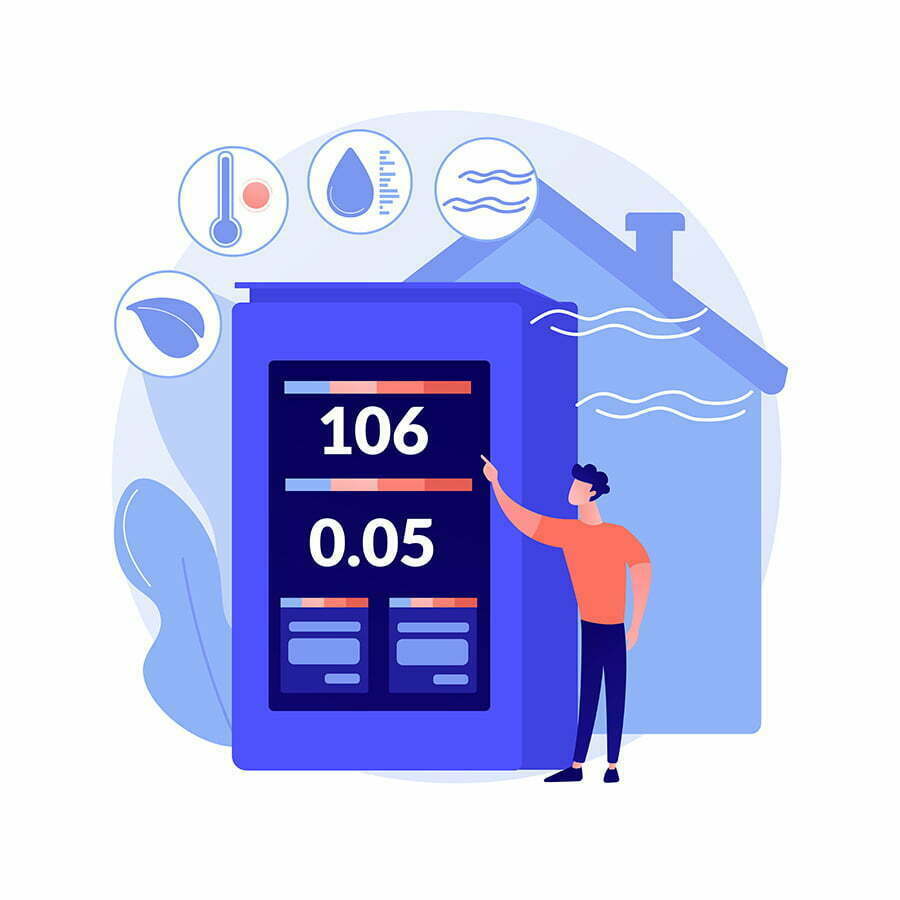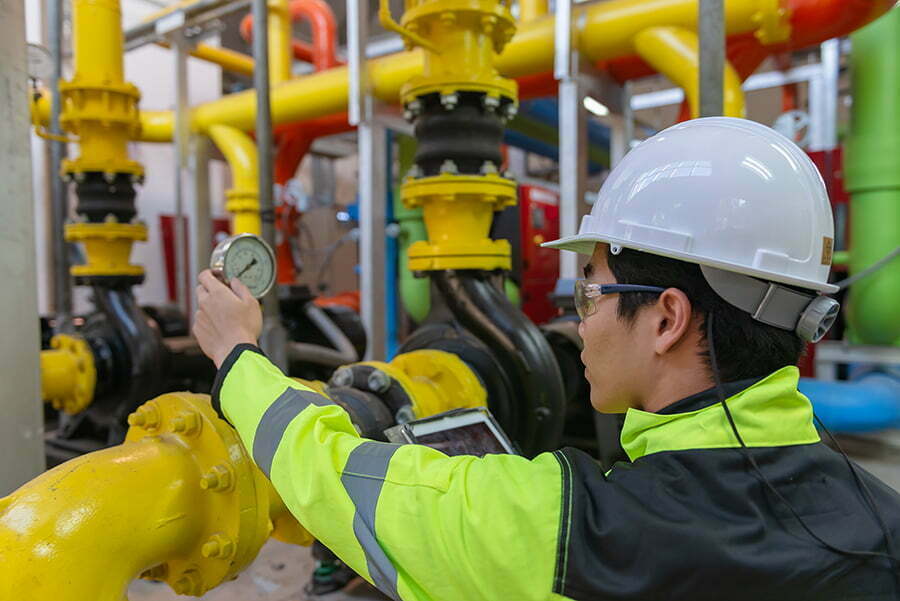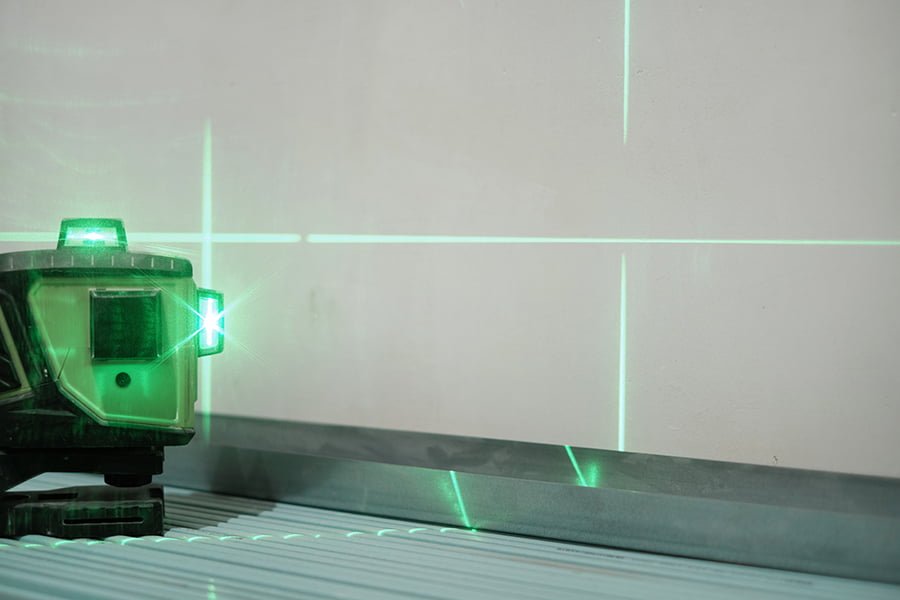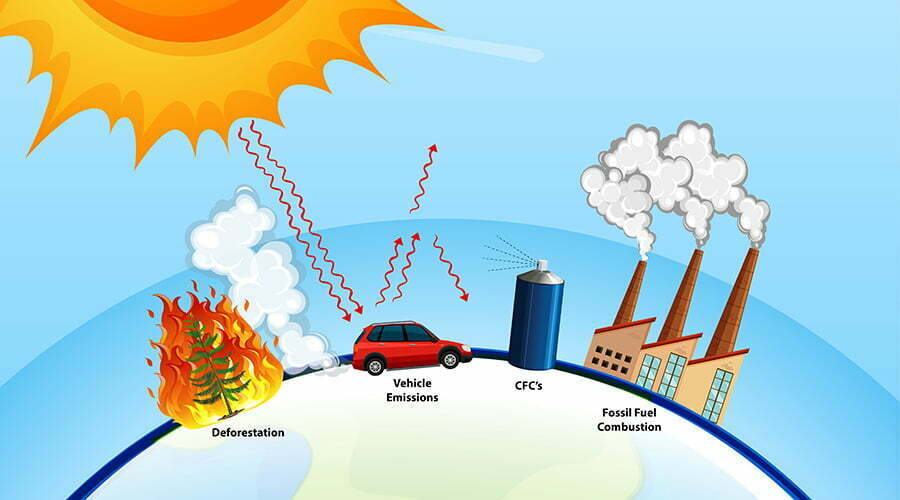An air quality sensor measures the concentration of pollutants in the air, such as carbon dioxide, ozone, and other particles.
The sensor typically comprises a sensing element that detects the presence of these pollutants and a microcontroller for processing the data. The data can then be used to track changes in air quality over time and provide alerts when levels exceed certain thresholds.
Air quality sensors measure the concentration of pollutants in the air. They monitor air quality for various purposes, from public health and safety to environmental protection.
Understanding how an air quality sensor works can help you choose the right one for your needs. This blog post will explore how an air quality sensor works and why it is so important.
Air Quality Sensors

They work by detecting particles, gases, and other atmospheric substances. The sensor measures these elements using various methods such as optical, electrochemical, or chemical reactions.
Optical sensors use light to detect particles, while electrochemical sensors use electrical current to measure gas concentrations. Chemical reaction sensors rely on chemical reactions between two substances to determine pollutant levels.
The data collected from these sensors is then used to create an air quality index (AQI) which provides information about how clean or polluted the air is at any given time.
Governments and organizations can use this AQI to make decisions about environmental policies and regulations related to air pollution control.
It can be used by individuals who want to know what kind of environment they live in to improve their health and well-being if necessary.
Air Pollutants

These pollutants come from various sources, including factories, cars, power plants, and natural processes like wildfires. An air quality sensor is a device that measures the pollutants in the atmosphere.
It detects particles or gases in the air and then measures their concentration levels. The sensor will then send this data to a computer or other device for analysis.
This data can be used to determine if an area has unhealthy levels of certain pollutants and take action accordingly.
Measuring Air Quality

It detects dust, smoke, pollen, and other airborne contaminants. The sensor works by using a combination of optical and electrical components to detect these particles.
Optical components measure the light scattered off the particles in the air, while electrical components measure changes in voltage or current caused by the presence of these particles.
The data collected from these measurements are then used to calculate an overall air quality index (AQI) which can be used to determine how safe it is for people to breathe in a given area.
Gas Detection

It uses a gas-sensitive material, such as an electrochemical cell or metal oxide semiconductor, to detect changes in the concentration of specific gases.
The gas-sensitive material reacts with the target gas and produces an electrical signal which can be measured and used to determine the amount of gas present.
This signal is then sent to a processor, which interprets it and displays information about the air quality on a display screen or other output device.
The type of sensor used will depend on what type of gases need to be detected, as different materials are sensitive to different types of gases.
Particle Detection

It uses a laser beam to measure the size and number of particles in the atmosphere. The laser beam is directed at an air area, and when it hits a particle, it reflects the sensor.
The sensor then measures how much light is reflected, indicating how many particles are in that area. This information can be used to determine the overall air quality of an environment.
Some sensors can also detect specific types of particles, such as dust or pollen, allowing for a more detailed analysis of air quality levels.
Chemical Compounds

These compounds, such as carbon dioxide and ozone, are released into the atmosphere from various sources like factories and cars. The sensor uses various methods to detect these chemicals, including infrared spectroscopy or gas chromatography.
Once detected, the concentration of each compound is measured and compared to predetermined thresholds set by regulatory agencies. If any of these thresholds are exceeded, an alarm is triggered to alert people that there may be a problem with air quality in their area.
Sensor Technology

A sensor is a device that detects and responds to changes in its environment. In the case of an air quality sensor uses various types of sensors to measure different aspects of air quality, such as temperature, humidity, carbon dioxide levels, volatile organic compounds (VOCs), particulate matter (PM), and other pollutants.
The most common type of sensor used in air quality sensors is a photoelectric cell or photodiode. This type of sensor works by detecting light particles called photons, which are emitted from sources like sunlight or artificial lighting.
When these photons hit the photodiode, they create an electrical current that can be measured and used to determine the amount of light in a given area.
Another type of sensor used in air quality sensors is a gas-sensitive semiconductor detector which measures gases like carbon dioxide and VOCs using semiconductor materials that react with certain gases when exposed.
The reaction causes electrons within the material to move around, creating an electrical signal that can be measured and analyzed for concentrations of specific gases present in the atmosphere.
Particle detectors are also commonly found in air quality sensors as they measure tiny particles suspended in the atmosphere, such as dust or smoke particles known as PM2.5 or PM10, depending on their size range, respectively.
These detectors measure how much light scatters off these particles when illuminated with laser beams allowing for accurate measurements even at low concentrations.